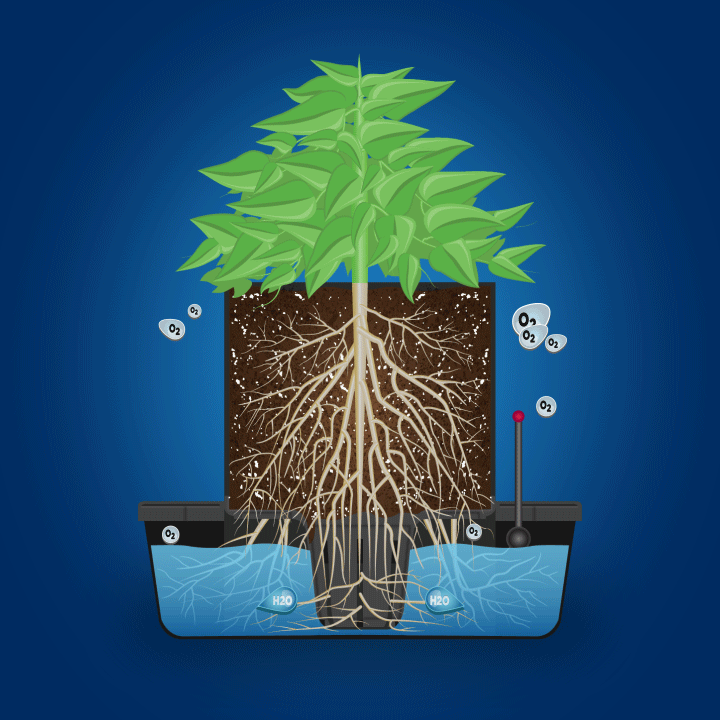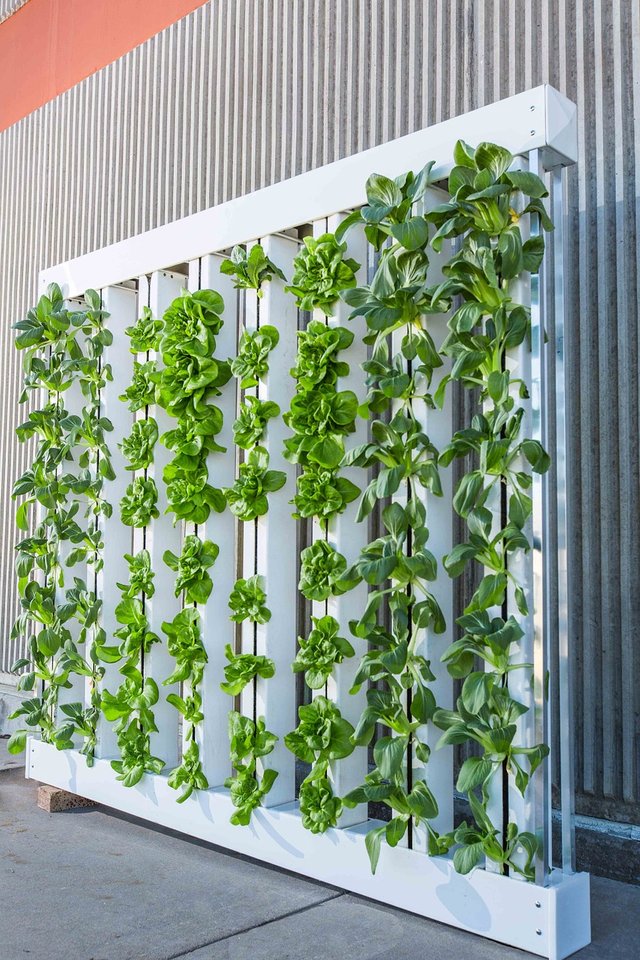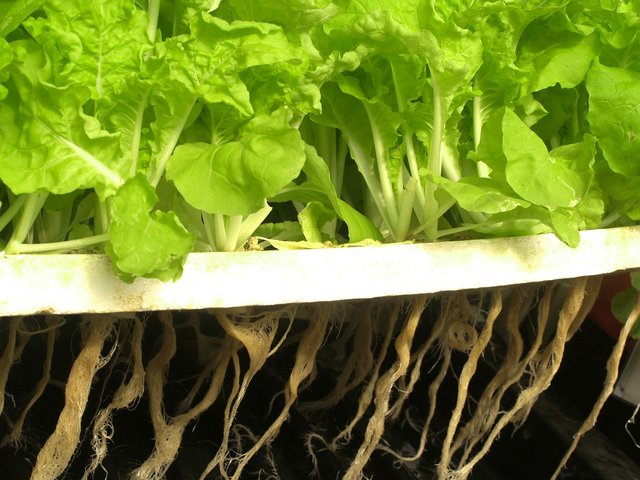Hydroponics Revolutionizing How We Grow

A growing number of people around the world have learned about hydroponics in the past few years and a great number have ventured to set up their own hydroponics system at home and they've seen the benefits first hand of growing this way. From the individual using a hydroponics system in their home to grow some lettuce, or the International Space Station using hydroponics to grow food for the crew, it's clear that there is an increasing interest around this method of growing.

The hydroponics systems offer convenience because the grower is able to grow their plants without using any soil, but instead growing them in water that has been enriched with nutrients. This method of growing is very water-efficient and that is why people in areas with droughts and a general lack of access to an abundance of water, this method of growing has proven beneficial for them.

One family in Abu Dhabi transformed their old swimming pool into a hydroponics system. The Hartantos' currently are able to grow about 150 plants and this means chilies, lettuces, cabbage, tomatoes, and much more. It is no surprise that more people are learning about this method of growing and trying to do it in their communities and at home.

There are a number of different hydroponics systems to choose from and they vary in price according to what size and quality of an operation you want to establish. For those who are interested in growing this way, there are many all-in-one kits to choose from that they can order where they can easily set up their own hydroponics systems at home. There are also much more advanced systems for those who want to grow on a much larger scale.
This method of growing allows us to grow much faster than traditionally and it allows the grower to grow all throughout the year, because they are growing inside. Growing with this type of system uses less water than it would take to grow traditionally outside. These types of benefits are prompting many people into this direction. The Global Hydroponics market is estimated to grow to around $844.3 million by 2025.

This method of growing food is credited to be revolutionizing the farming industry. Both on the small scale for individuals and families at home, and for much larger growing operations around the world. Starting a hydroponics system is not difficult at all and whether you are growing plants or vegetables, it's very easy to set up this system and start growing all-year-round.
Hydroponics, like aquaponics, is new for many people but it has also been around as a method of growing for a long time now and employed by a number of individuals and businesses. But it has been increasing in popularity lately with the trend of people looking for more sustainable ways to grow, among other benefits. Aquaponics and hydroponics could be said to be the future of how we will be growing our food. The results will speak for themselves: faster growth with crops, higher quality crops, growing for longer time, crops can be grow in difficult places that might not have good soil, practically no difficulty with weeds, among other benefits.
Pictures: Pixabay
Sources:
http://www.nasa.gov/mission_pages/station/research/news/meals_ready_to_eat
http://www.thenational.ae/arts-life/home-garden/no-water-no-worries-a-hydroponics-project-in-abu-dhabi
http://www.fayobserver.com/living/the-elegance-of-hydroponics/article_0e2b448c-c8c6-5709-8dcc-6f3bd4d9b78f.html
http://www.journalgazette.net/features/home-garden/Elegant--yet-efficient--Hydroponics-at-home-15023901
http://www.researchandmarkets.com/research/852lq6/global
I just happen to have an old swimming pool lying around... oh, wait... no, that was at the last mansion I lived at ;)
Fantastic post! The closest I got to the old swimming pool solution was filling my granddaughter's paddling pool with potting compost and growing carrots this year. It worked well, shielded the seedlings from carrot fly etc, so if it survives the winter, I'll use it again.
Hydroponics would be perfect for me, I have a pond with koi, so I hoped to recycle their water through the roots. It didn't happen this year, maybe next...
The key is in the nutrients, if not enough are added to the system the food will have less value. Also if artificial nutrients are added... Well artificial nutrition is what you get. A suggestion for a follow up article maybe?
@kyusho - You're not adding artificial nutrients in hydroponics. You are adding synthetic nutrients, maybe they are man-made, but they still have the same chemical makeup of what would be found in nature. As long as the plant receives the nutrients it would normally uptake from traditional soil feeds, the end result is the same whether grown in soil or hydro. Frequently people will say tomatoes purchased in the winter (greenhouse grown) don't taste as good as those hand-picked from your garden during the summer and also don't have the nutritional make-up. This is only true because commercial greenhouses are for-profit entities. Being profit driven they choose to only feed plants a basic N-P-K formula which often lacks micronutrients and sugars the plant would have normal access to. These cheap nutrients degrade taste and nutritional content.
It's almost faddish here in the SW to turn pools into part of an agricultural project. Often they'll put fish in the deep end, then set up planters in the shallow end, including an aquaponics system. Chickens go over the deep end because fish love to eat their poop, which only adds nutrients to the system. The chickens are shaded, which shades the fish too, so the system doesn't get too hot.